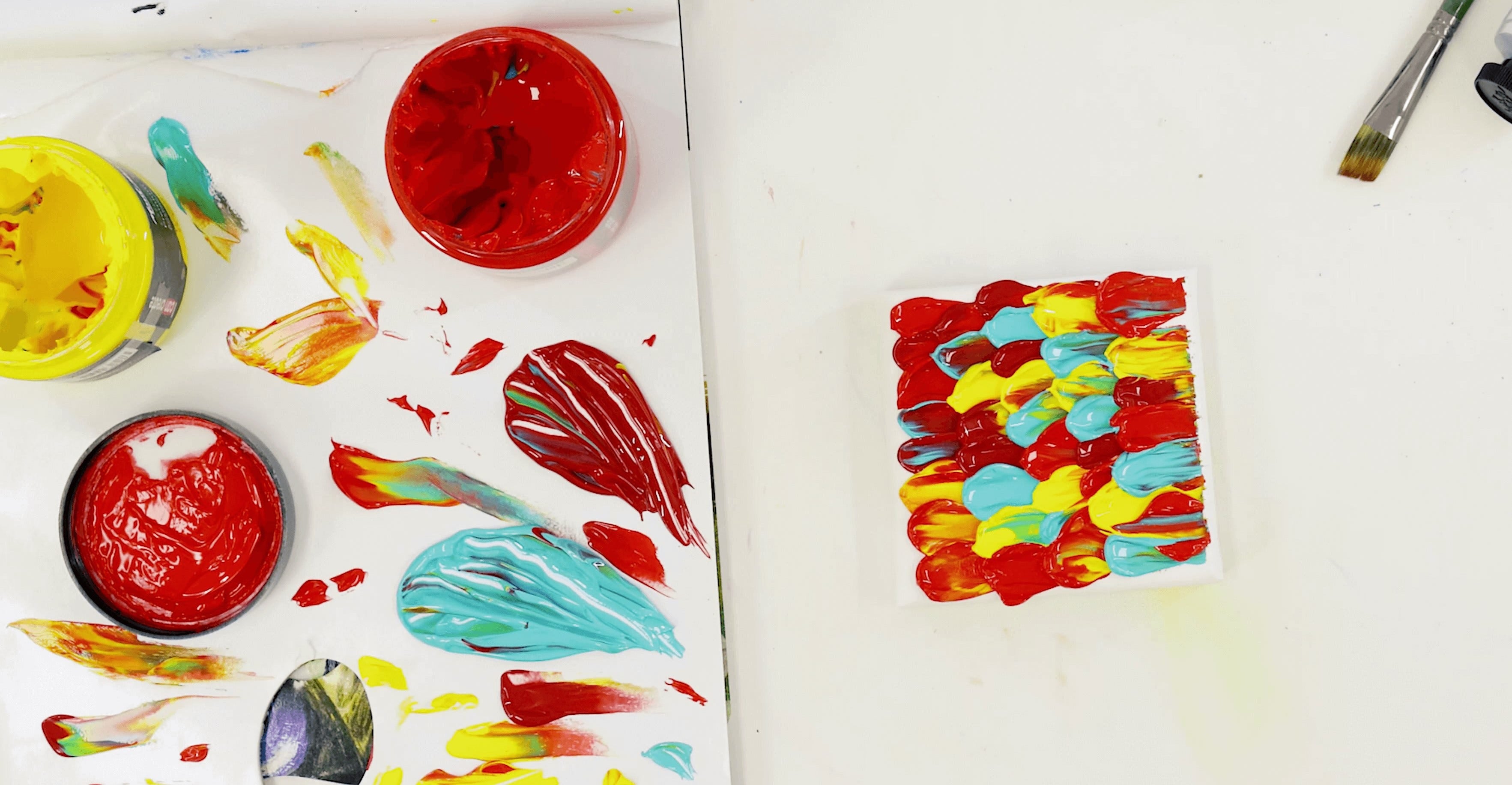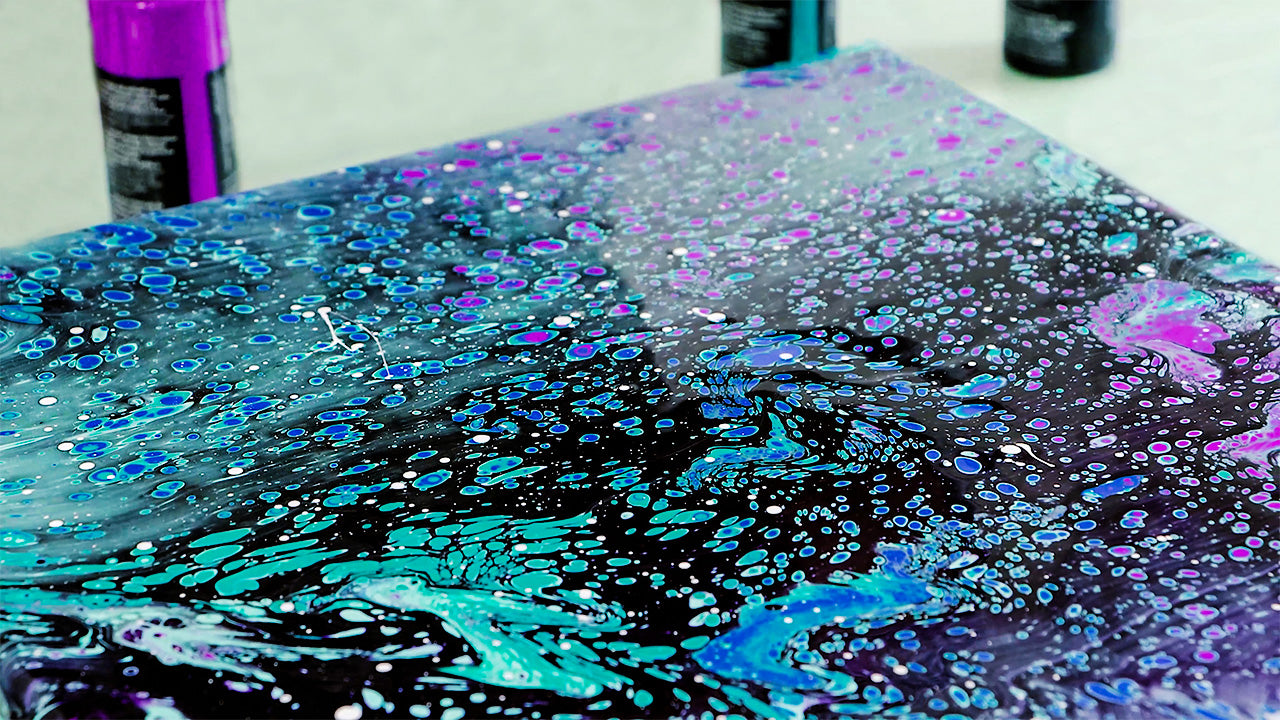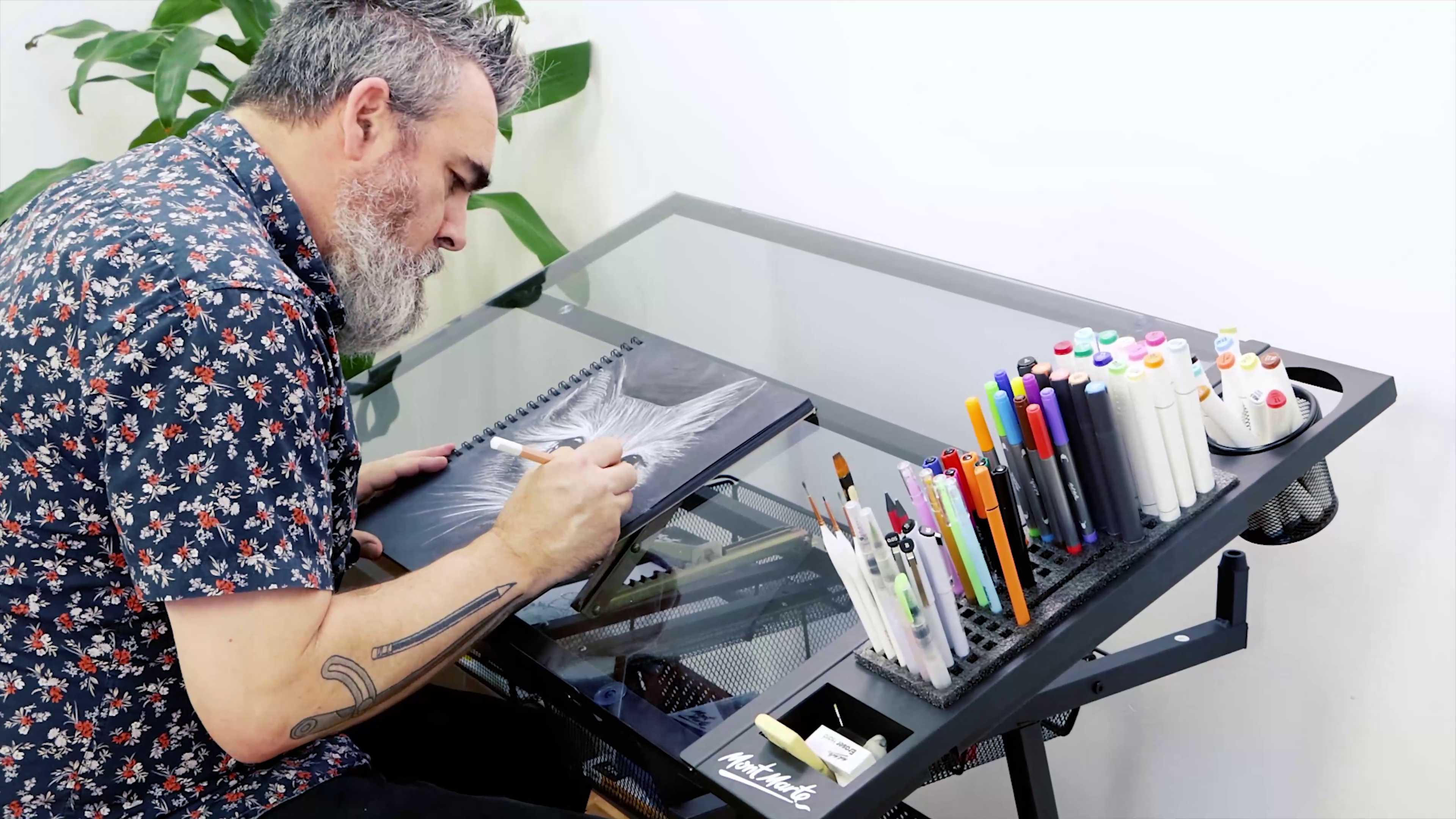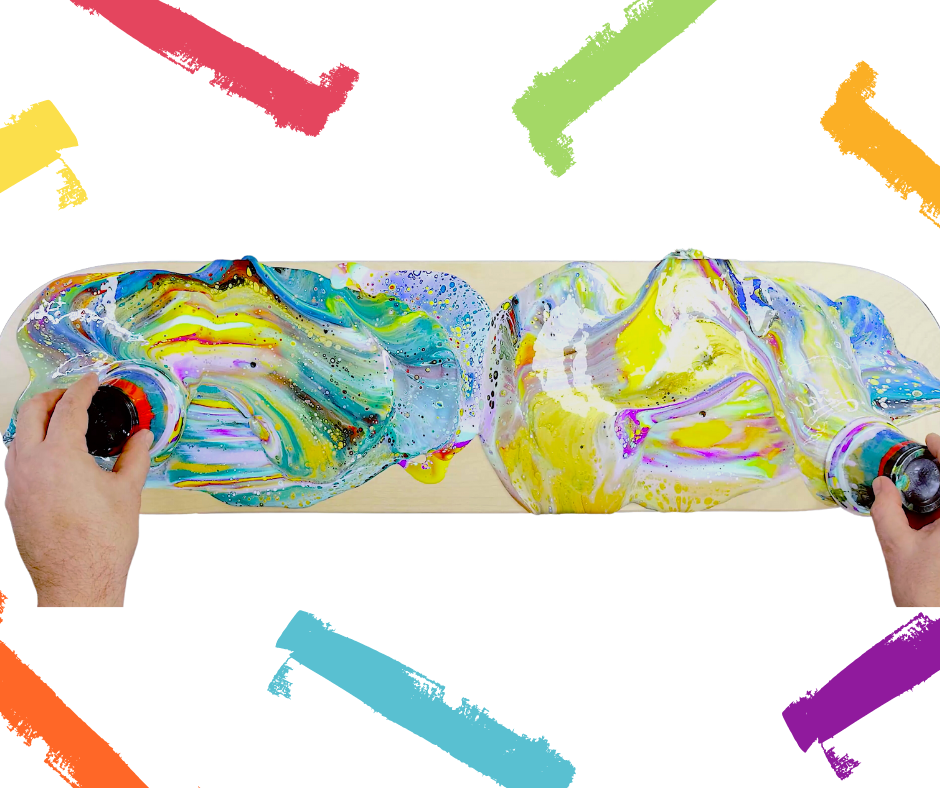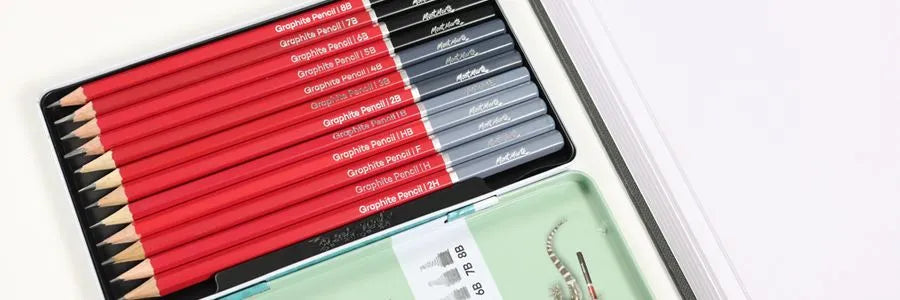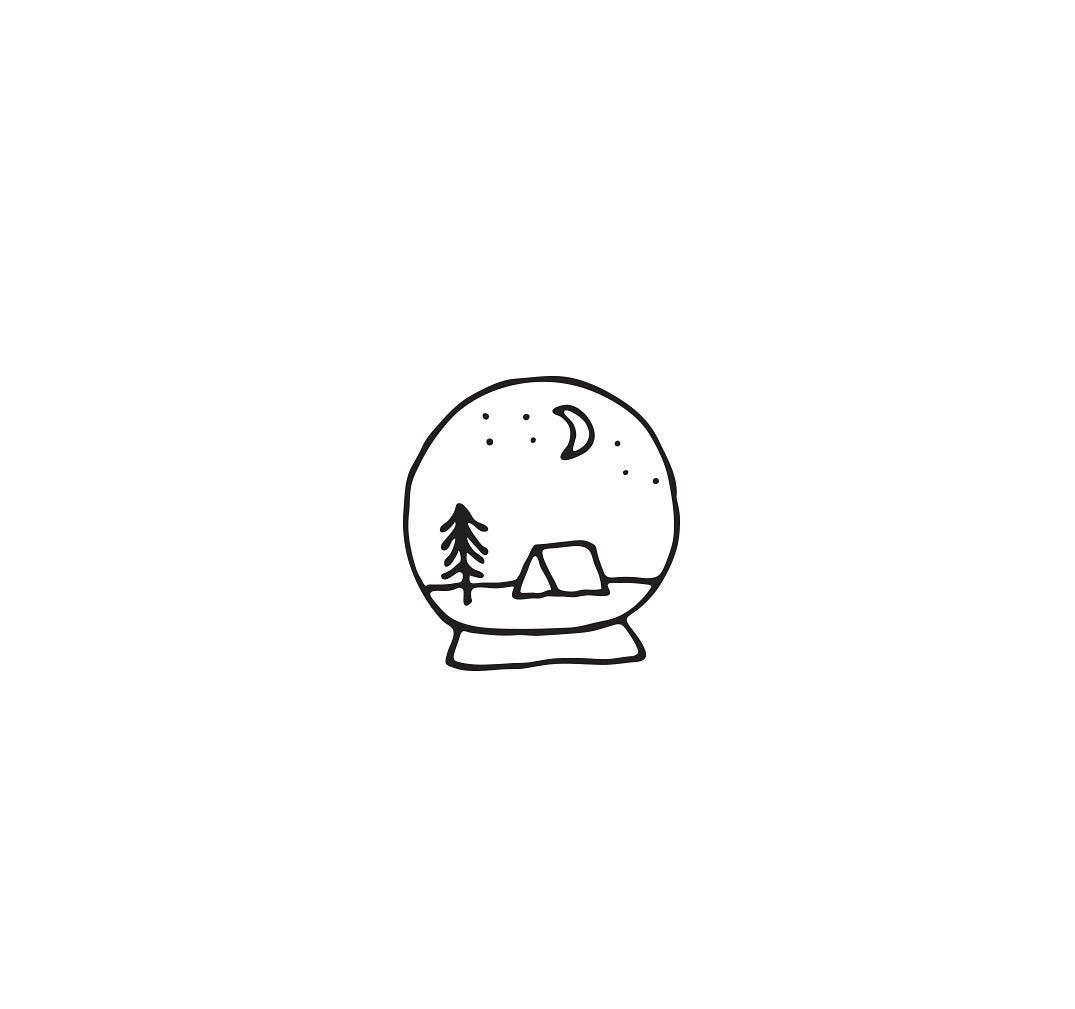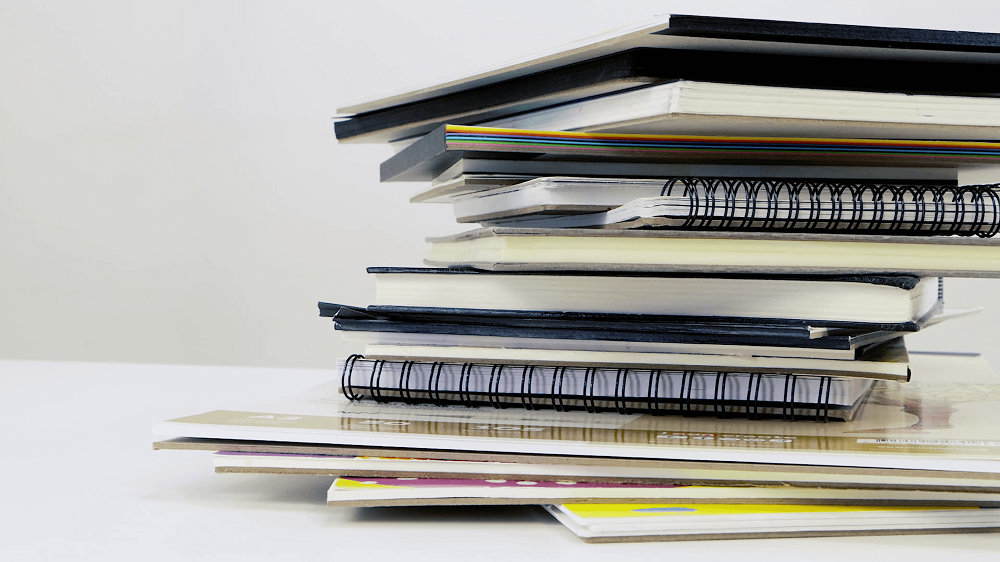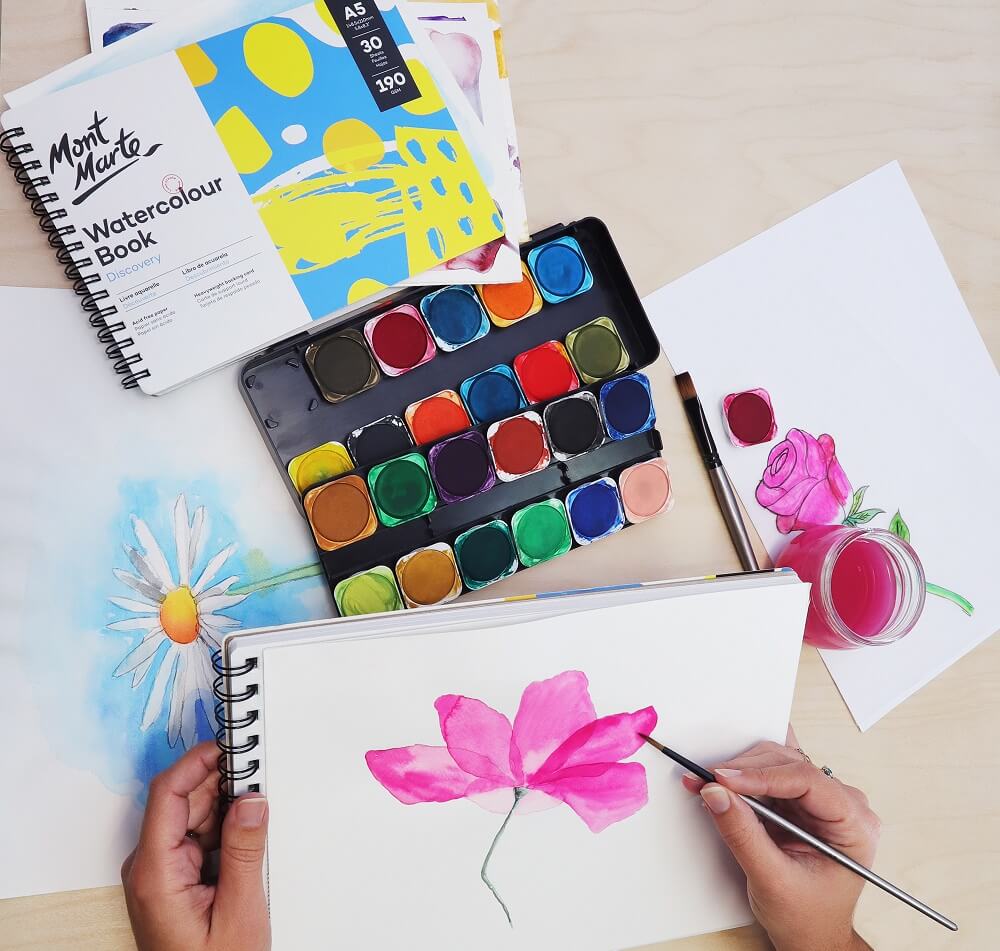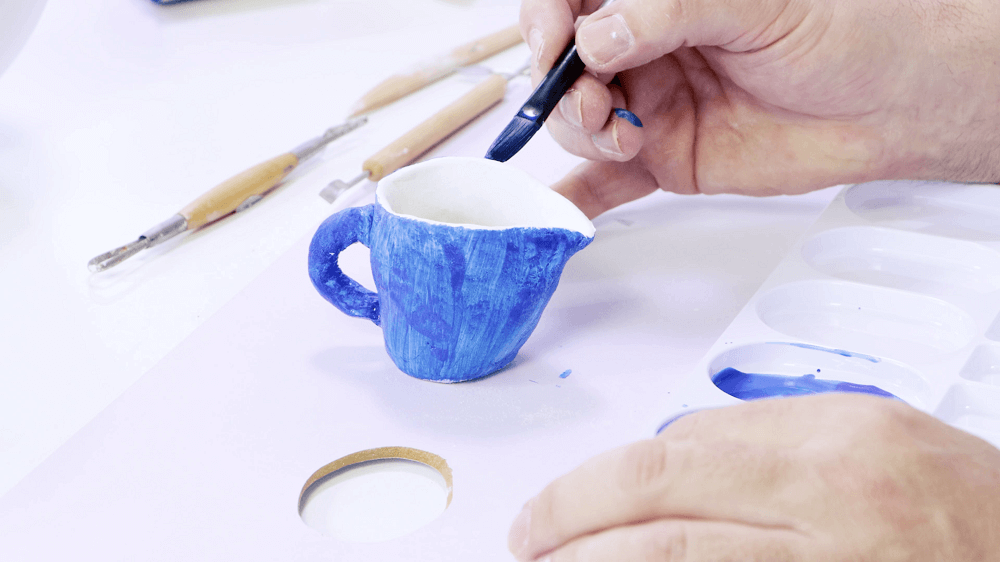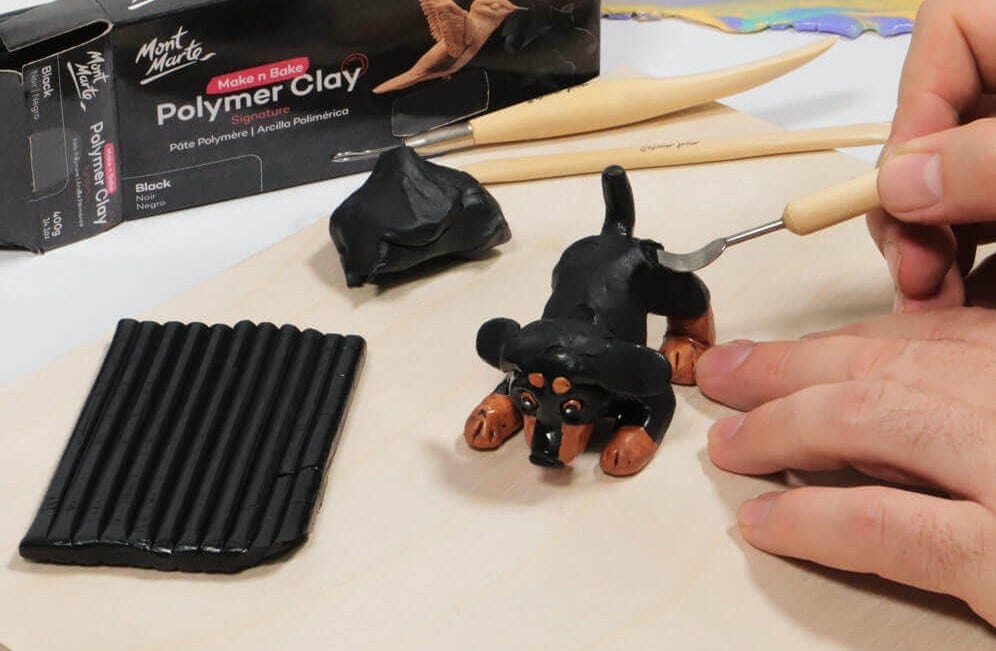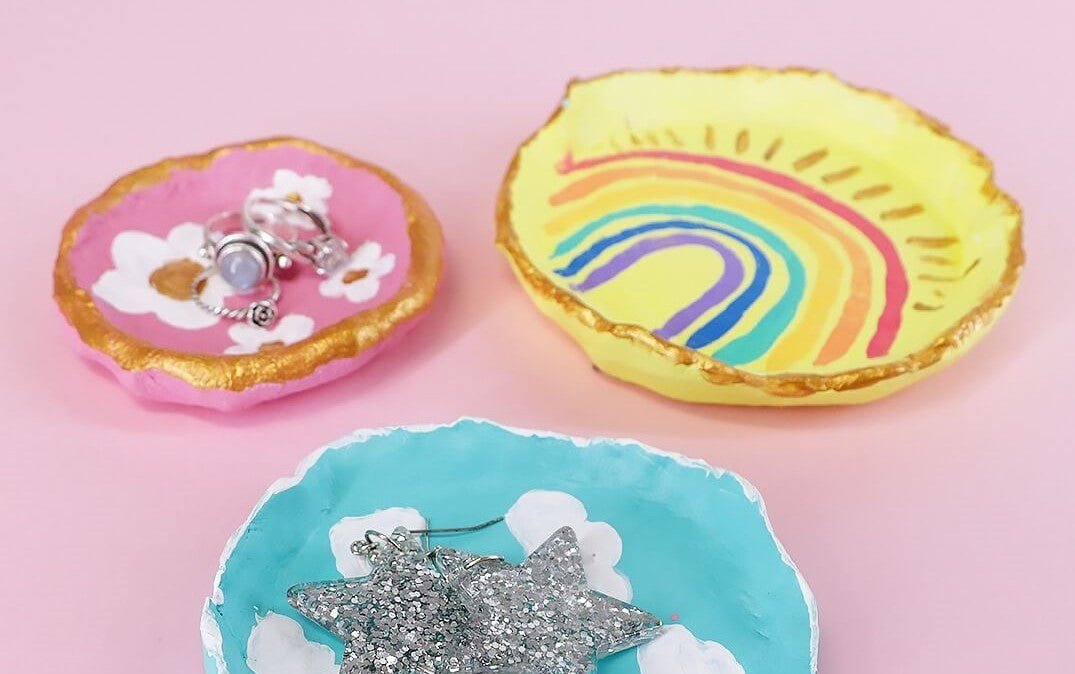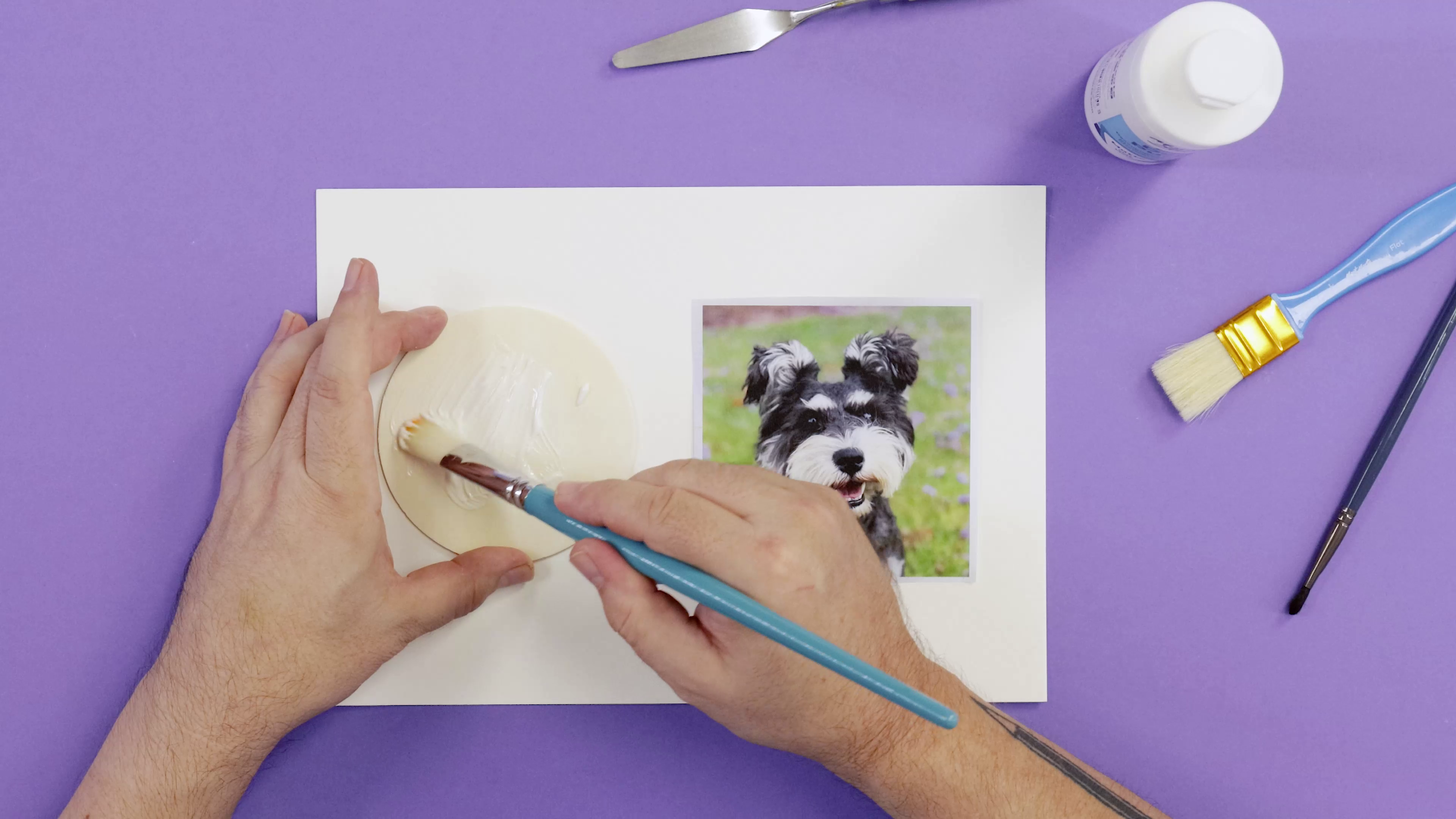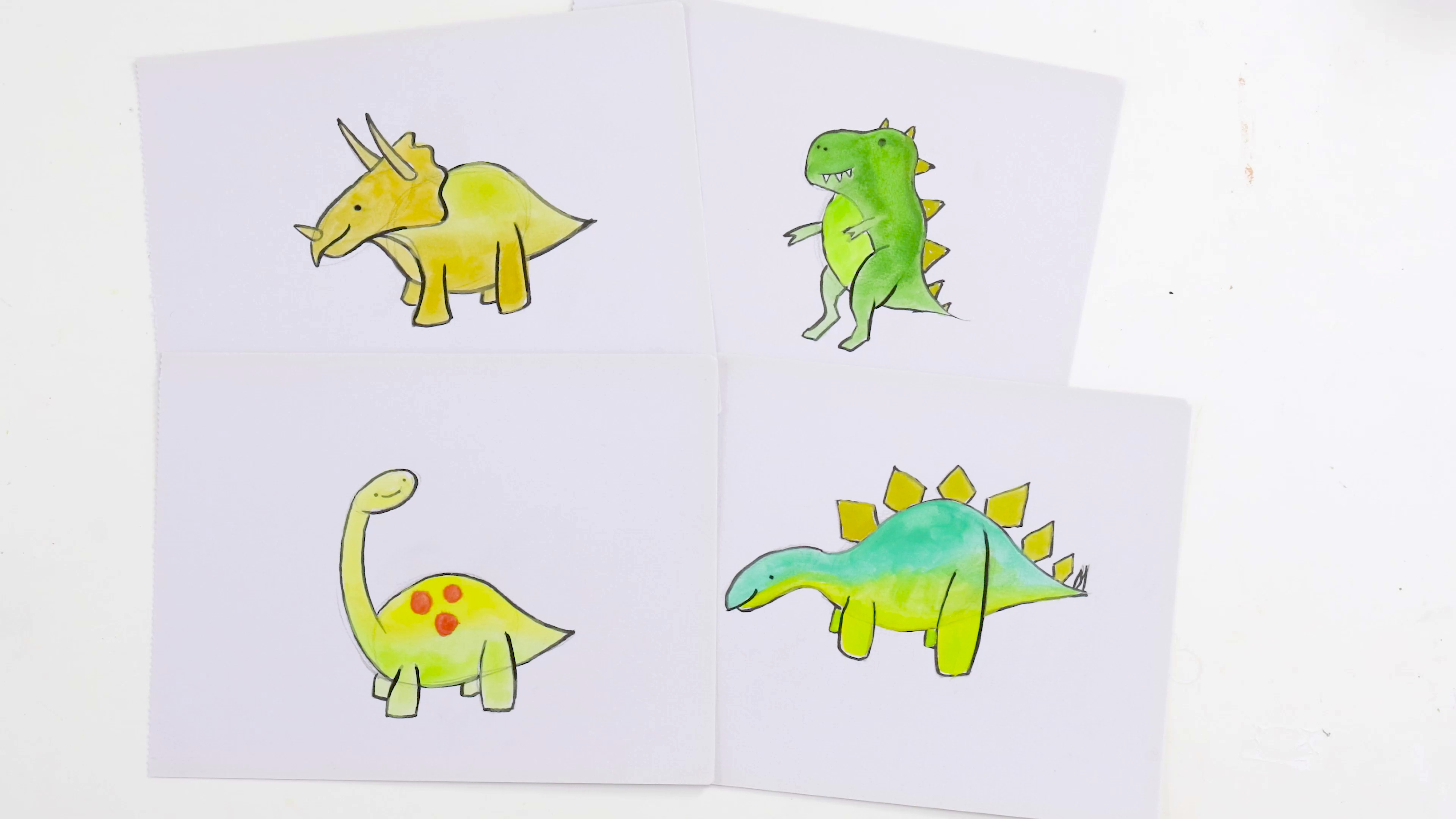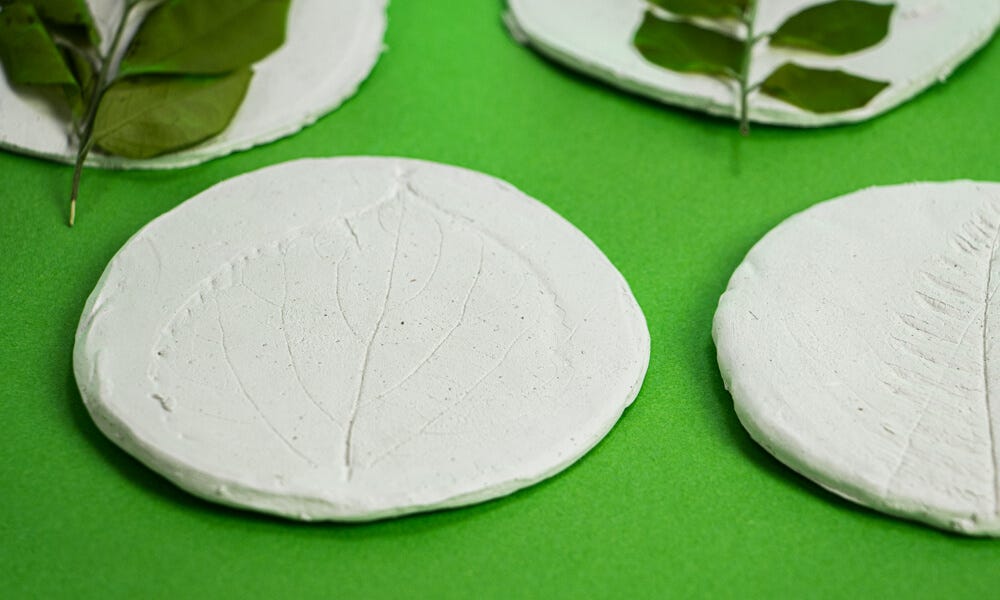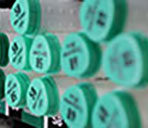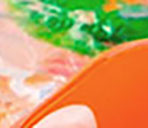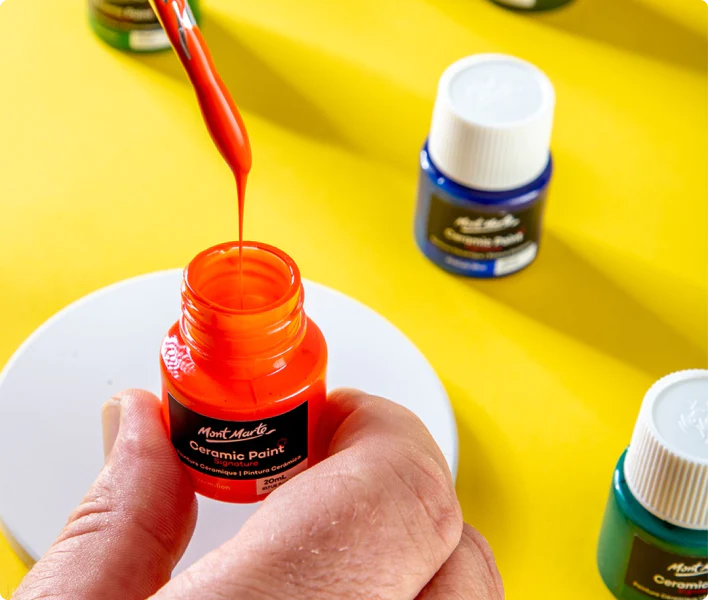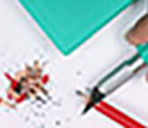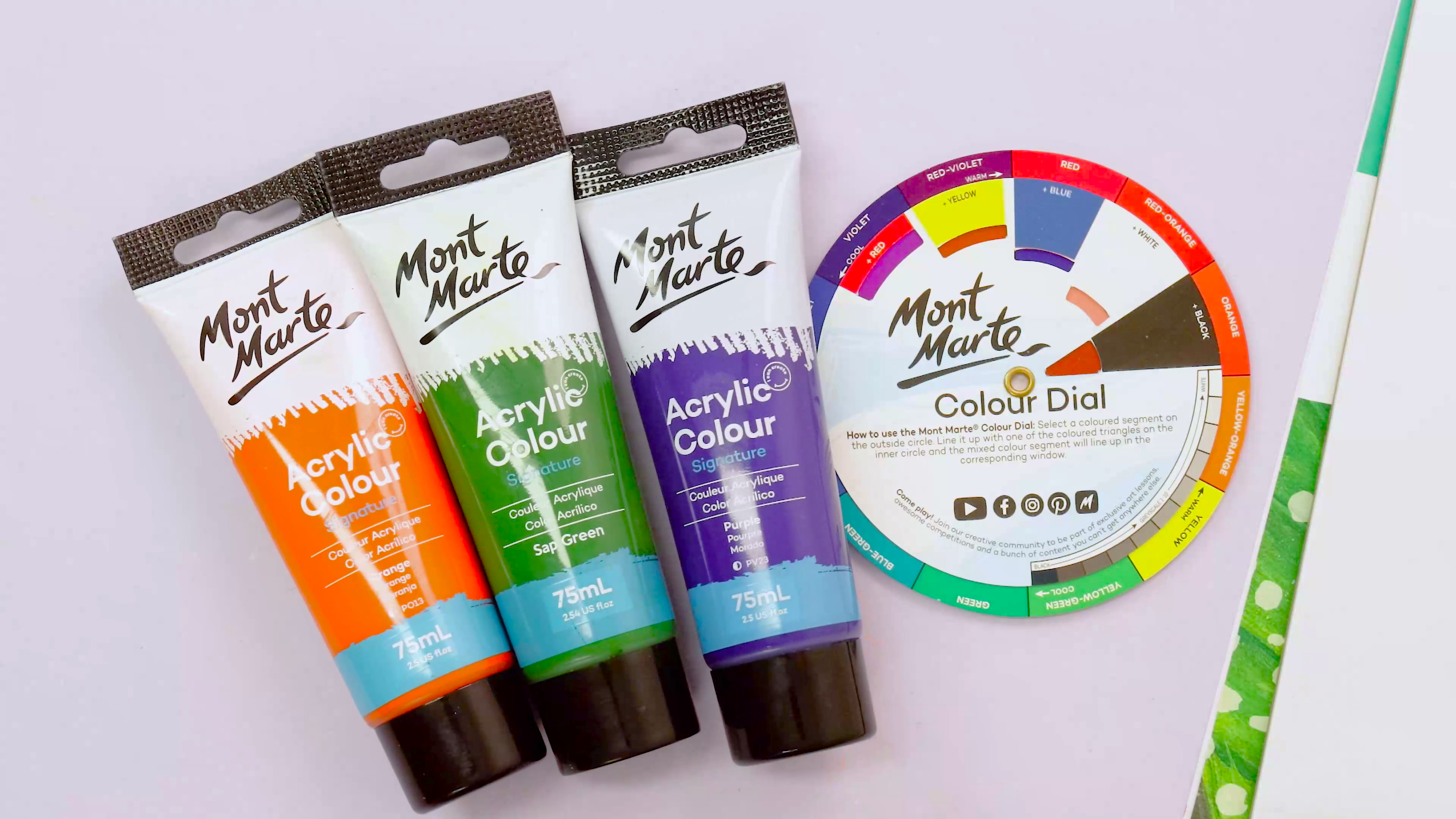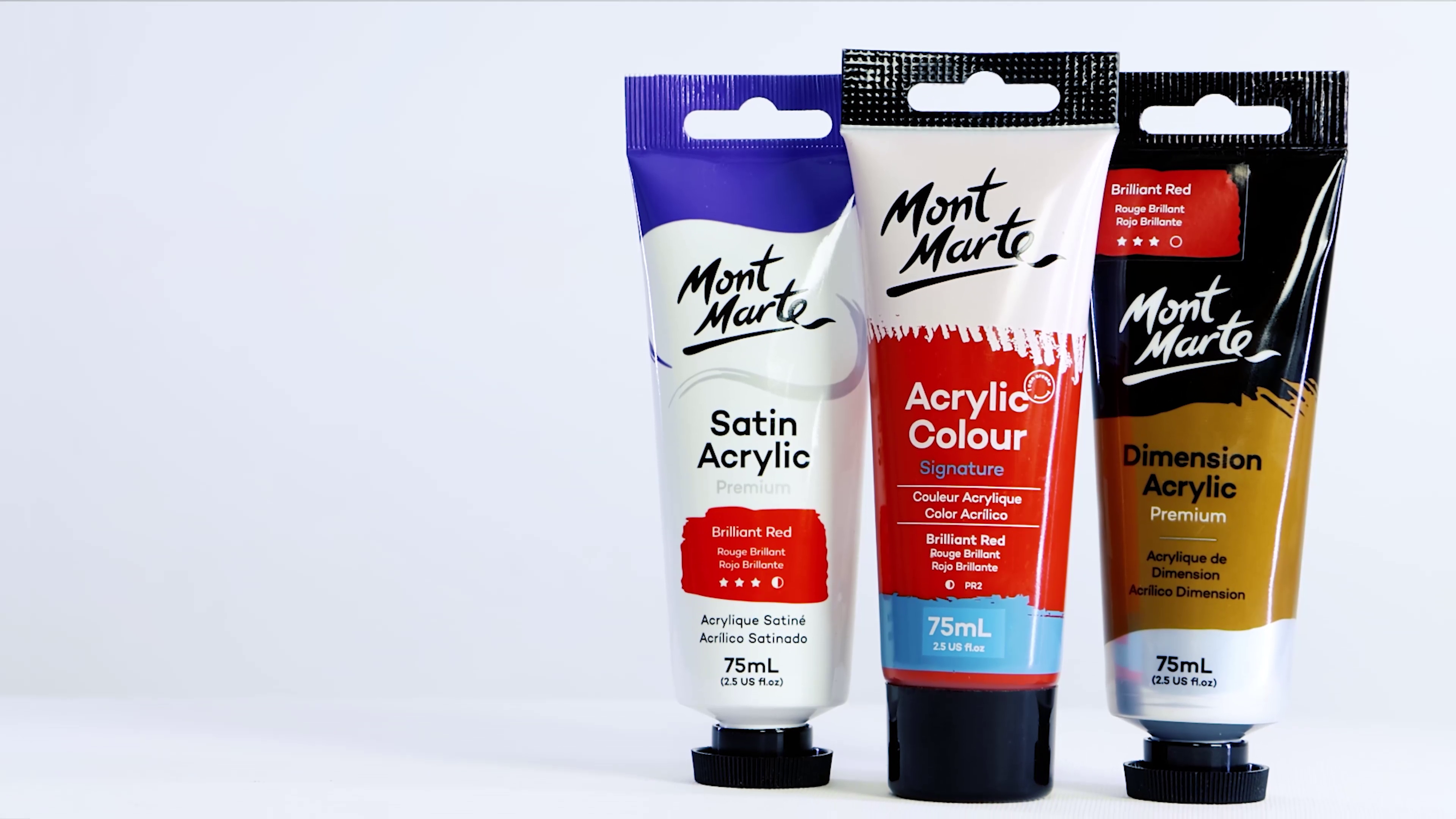Let’s learn about the wonderful world of colour mixing! If you've ever stared at a blank canvas wondering how to get the perfect shade, you're in the right place. Mixing paint is an art form in itself, and with a little know-how and practice, you can unlock a rainbow of possibilities. Grab your painting tools and let's dive in!
Understanding Colour Theory
Before we take on the practical side of mixing paint, let's talk about colour theory. To put it simply, it’s the science and art of using colour. You can use it to work out how to make colours, harmonise them, and contrast them. It helps us understand how colours interact with each other and is represented by something most of us have seen before - the colour wheel! This wheel organises colours in a way that makes it easier to understand their relationships and how they interact.
Two basic principles of the colour wheel are primary and secondary colours. You probably learned about primary colours in primary school – funny that! They’re red, blue, and yellow. Secondary colours are the result of mixing two primary colours together. Blue and red make purple; red and yellow make orange; yellow and blue make green. There are also tertiary colours, which are combinations of primary and secondary colours, such as blue-violet or yellow-green.
There’s loads more to explore with colour theory, so let’s get into the nitty-gritty!
Complementary Colours
Complementary colours are colours that are opposite each other on the colour wheel. The complementary pairs for each primary colour are as follows: red and green, blue and orange, and yellow and purple. Mixing complementary colours makes them more neutral – if you add a teensy bit of orange to blue, the blue will become a more neutral tone. If you mix them in equal parts, you end up with greys and browns. Mixing complementary colours can produce a wide range of shades and tones, making them essential tools for artists.
Warm and Cool Colours
First thing first with colour temperature – it’s a little bit subjective. Some people will see neutral colours as either warm or cool, so don’t beat yourself up if you’re not sure sometimes which is which. Warm colours typically have a yellowy-orange undertone and evoke feelings of warmth and energy. Cool colours usually have a more blue-green undertone and create a calming and soothing vibe. There are such things as cool yellow and warm blue (just to make things confusing) so look up a colour chart or play with some paints to see the difference up close!
When it comes to mixing paint, warm and cool colours can add depth and dimension to your artwork for dynamic visual effects. Create a more neutral temperature by mixing opposing temperatures or work with entirely warm or cool palettes to tell a story on your canvas.
Mixing Grey
Grey is often considered a neutral colour, but there are countless shades of grey to explore. To mix grey, start with equal parts of complementary colours, such as red and green, blue and orange, or yellow and purple. Adjust the ratio of each colour until you achieve the desired shade of grey. You can add in white or black to adjust the colour if you like – it’s up to you! Experiment with different combinations to create warm greys, cool greys, and everything in between.
Using colour theory to make greys is also a great way to create realistic shadows, as you take the colour of your shadowed subject and mix in a complementary tone to deepen it. Experiment with the mixture to get the effect right, and add an Acrylic Medium or Oil Medium to increase transparency.
Mixing Brown
Brown is a versatile colour that can range from rich and earthy to light and warm. To mix brown, start with a base of complementary colours, such as red and green, blue and orange, or yellow and purple. Add small amounts of each colour to your palette and gradually mix them together until you achieve your desired shade of brown. Adjust the ratio of each colour to create different tones and intensities.
You can also try mixing all three primary colours to make brown! Start with either yellow or red as your base and add the remaining two primary colours bit by bit until you get the shade you’re looking for.
Mixing Black
Mixing a true black isn’t exactly possible, as it’s an absence of colour. However, you can mix earthy, organic shades of black to enhance the realism of your piece and control shadow tones. To mix black, we recommend combining Lemon Yellow, Phtalo Blue, and Magenta in equal parts. You can experiment with different combinations and ratios to create a range of shades, from warm and rich to cool and deep.
Mixing magenta
When it comes to how to mix magenta, you face a similar issue to black – true magenta is unmixable as it is made up of 1 pigment (PR122). Having said that, a broad spectrum of colours fit under the umbrella of magenta and you can definitely mix a lookalike hue! Start by mixing small amounts of Phtalo Blue into Scarlet. Keep adding the blue bit by bit until you reach a shade of magenta you’re happy with. Show us your fave magenta save by tagging us on socials!
Mixing Skin Tones
Mixing skin tones can be a bit more challenging due to the subtle variations in colour and tone. Start with a base of warm colours, such as red, yellow, and orange, and gradually add small amounts of complementary colours to neutralise the shade. This technique is great for making realistic shadows and highlights. Mix in white to lighten the skin tone and add highlights as needed. Practice mixing and colour-matching all kinds of skin tones to get used to the process and feel confident tackling portraiture!
Mixing paint to find your perfect colour palette is a fun and rewarding process that allows you to bring your artistic vision to life. By learning about the principles of colour theory, experimenting with complementary colours, and mastering the art of mixing, you can tackle loads of painting styles and aesthetics.
If this inspired you to pick up your paintbrush, tag us on Instagram or Facebook @montmarteart or use #montmarteart to show us what you make! Looking for more lessons and techniques? Explore our Tips & Techniques collection, or else browse Projects for your next big idea. Need to stock up on Paints? Jump online to find the right set for you!
To stay up-to-date with the latest projects, inspo, tips, and tricks, join our Creative Connection community by signing up down below.


